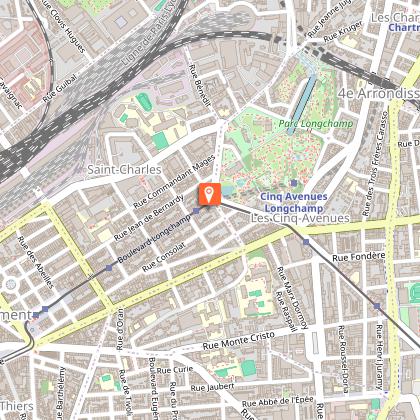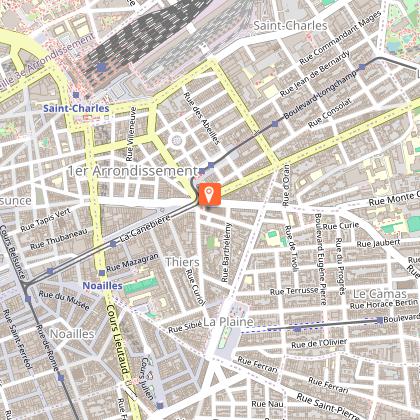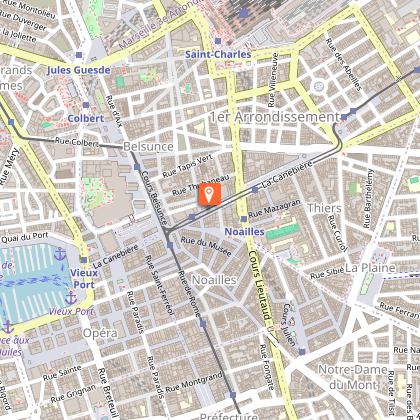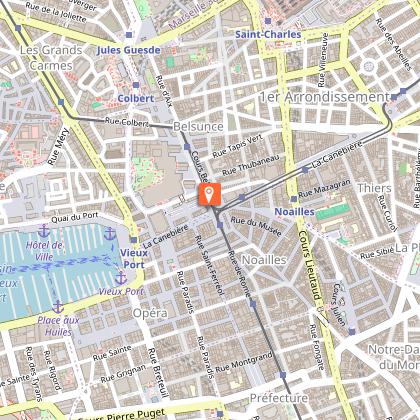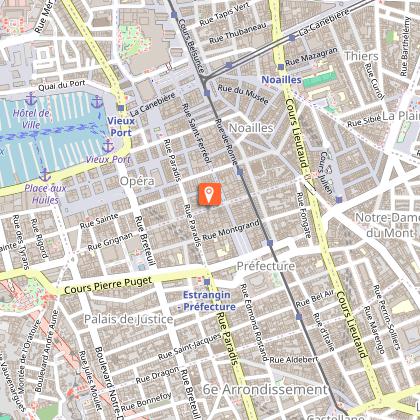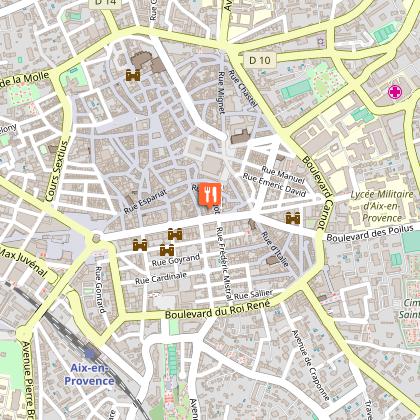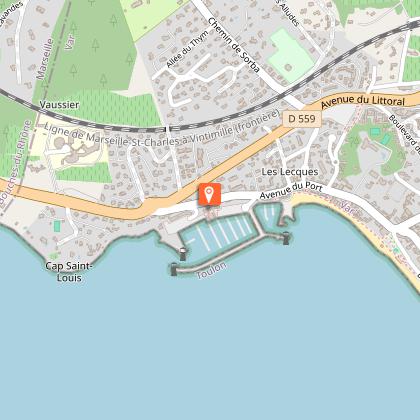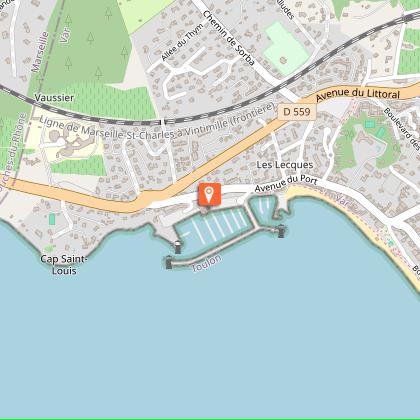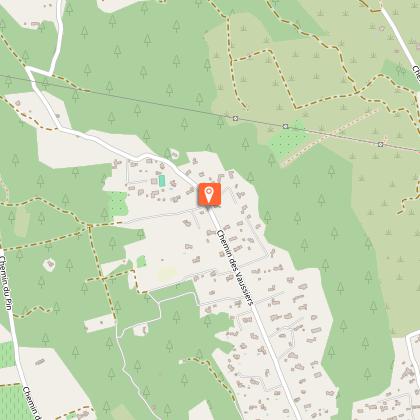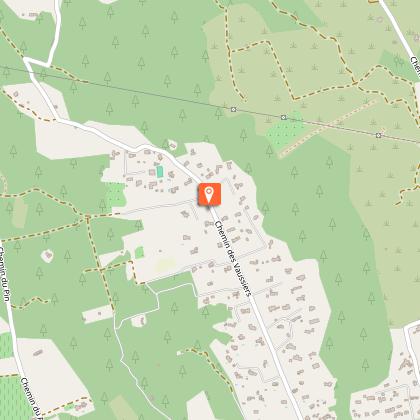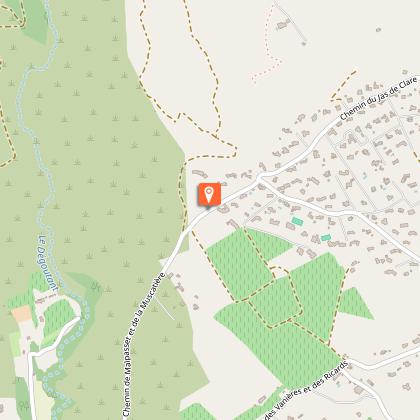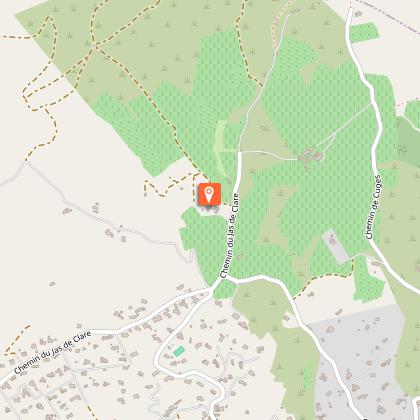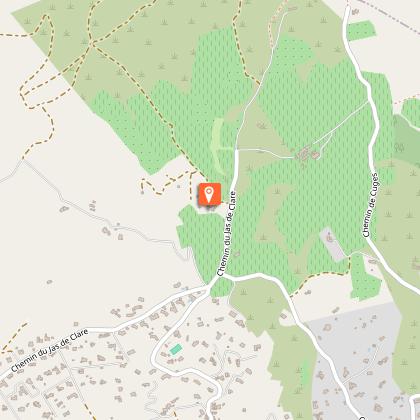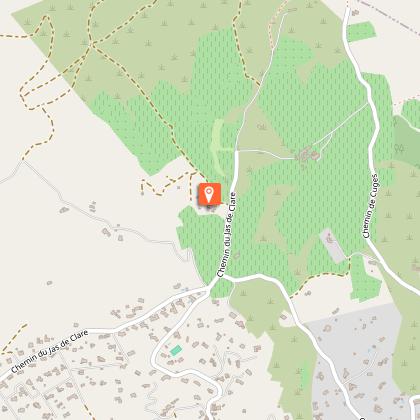Tours
Activities
Places of interest
Where to eat
Where to sleep
Experience Allauch with COTE SUD HOTELS & RESIDENCES
Are you the owner?Nestled on the outskirts of Marseille, Allauch is a true gem of the Provence-Alpes-Côte d'Azur region. Staying at COTE SUD HOTELS & RESIDENCES allows you to explore this area rich in history and breathtaking landscapes. Wander through the picturesque streets of Old Allauch, and let yourself be charmed by its typical houses and shaded squares. Don't miss the visit to the Saint Sebastian Church, a b...See more
Walking around COTE SUD HOTELS & RESIDENCES
See more suggestionsExplore the parks and paths of COTE SUD HOTELS & RESIDENCES.
See more suggestionsWhat to do in COTE SUD HOTELS & RESIDENCES
See more suggestionsBook your activities in COTE SUD HOTELS & RESIDENCES now and get ready for adventure.
See more suggestionsIGN cards
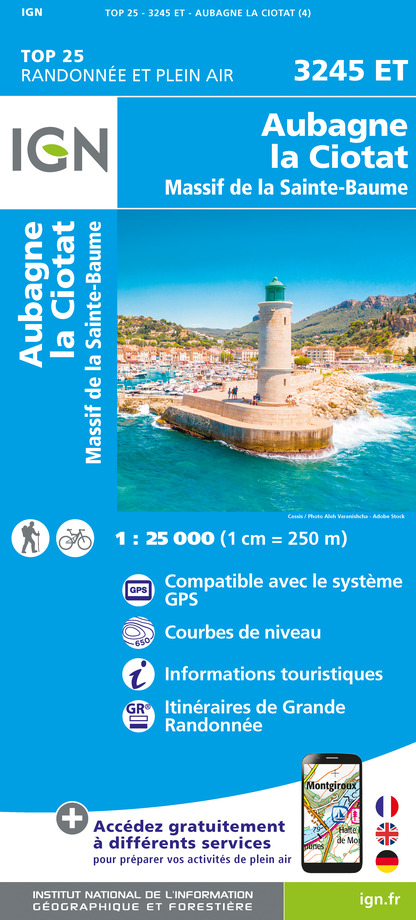
3245ET - AUBAGNE LA CIOTAT MASSIF DE LA SAINTE-BAUME
Editor : IGN
Collection : TOP 25 ET SÉRIE BLEUE
Scale : 1:25 000
13.90€

3145ET - MARSEILLE LES CALANQUES
Editor : IGN
Collection : TOP 25 ET SÉRIE BLEUE
Scale : 1:25 000
13.90€

TOP75035 - PROVENCE SAINTE VICTOIRE ST BAUME CALANQUES
Editor : IGN
Collection : TOP 75
Scale : 1:75 000
9.80€

TOP100D83 - VAR TOULON FRÉJUS MASSIFS DES MAURES ET DE L'ESTEREL PARC NATUREL RÉGIONAL DU VERDON
Editor : IGN
Collection : TOP 100
Scale : 1:100 000
8.40€
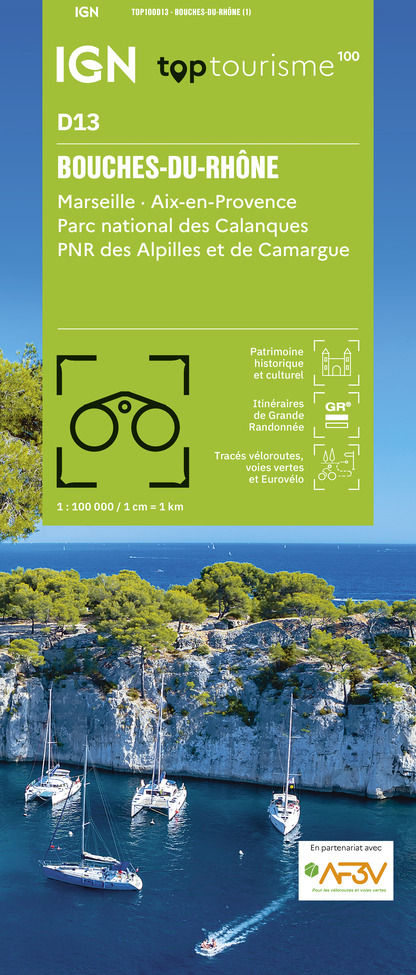
TOP100D13 - BOUCHES-DU-RHÔNE MARSEILLE AIX-EN-PROVENCE PARC NATIONAL DES CALANQUES PNR DES ALPILLES ET DE CAMARGUE
Editor : IGN
Collection : TOP 100
Scale : 1:100 000
8.40€

D83 VAR
Editor : IGN
Collection : CARTES DÉPARTEMENTALES IGN
Scale : 1:150 000
5.90€

D13-84 BOUCHES-DU-RHÔNE VAUCLUSE
Editor : IGN
Collection : CARTES DÉPARTEMENTALES IGN
Scale : 1:150 000
5.90€
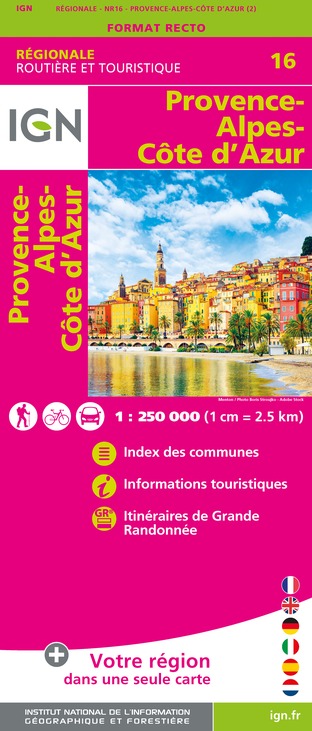
NR16 PROVENCE-ALPES-CÔTE D'AZUR
Editor : IGN
Collection : CARTES RÉGIONALES IGN
Scale : 1:250 000
6.80€

EUROPE
Editor : IGN
Collection : DÉCOUVERTE DES PAYS DU MONDE IGN
Scale : 1:2 500 000
7.00€
What to visit in COTE SUD HOTELS & RESIDENCES
See more suggestionsVisit the museums and galleries of COTE SUD HOTELS & RESIDENCES.
See more suggestionsWhere to eat in COTE SUD HOTELS & RESIDENCES
See more suggestionsDiscover the culinary diversity of COTE SUD HOTELS & RESIDENCES.
See more suggestionsWhere to sleep in COTE SUD HOTELS & RESIDENCES
See more suggestionsStay at one of the many hotels in COTE SUD HOTELS & RESIDENCES.
See more suggestions




















